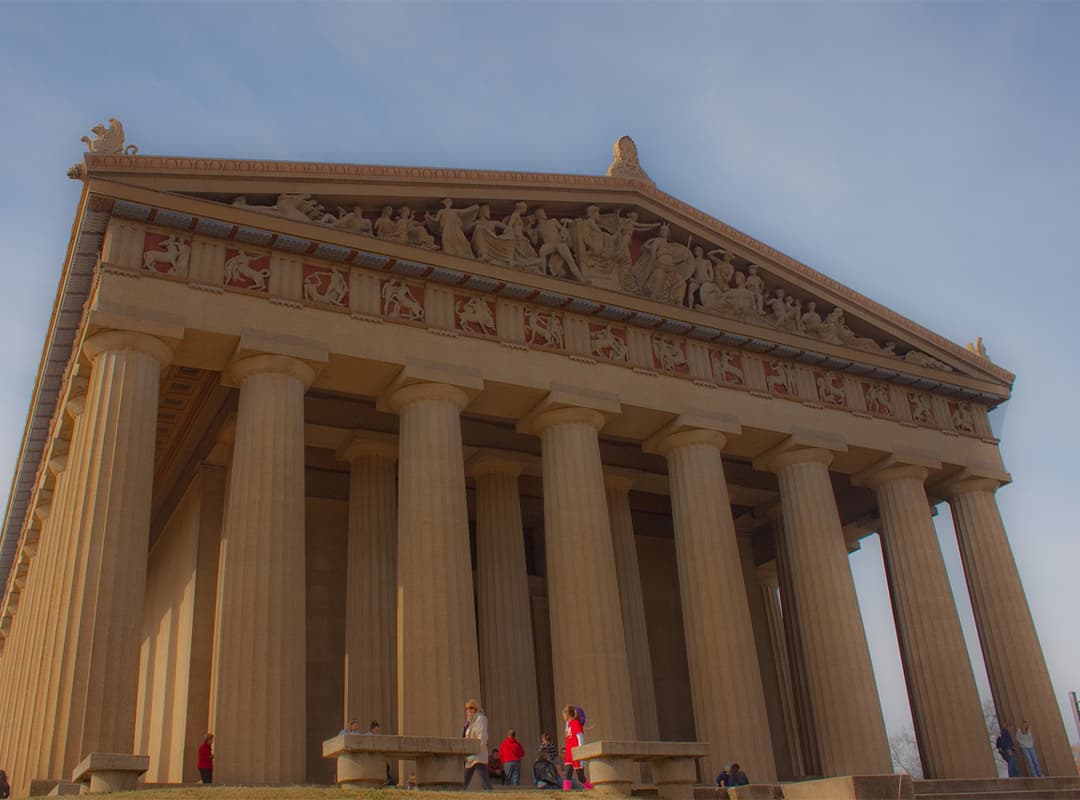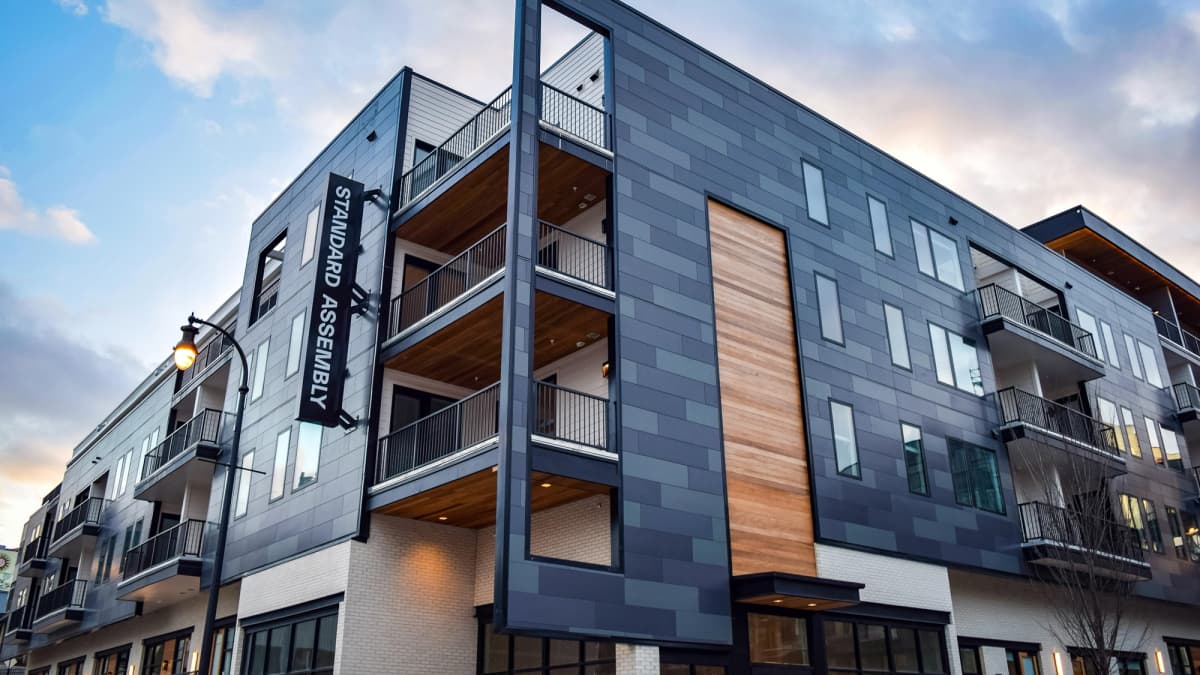Once upon a time, before the heyday of country music, Nashville was called the “Athens of the South.” This nickname came about because of the largest number of universities and other educational institutions in Tennessee. The Parthenon is an exact replica of an Athenian temple and was built in the late 19th century. It is located in Centennial Park, in the heart of the city.
Now within its walls function an educational center and an art museum, which presents the cultural heritage of Nashville. Numerous sculptures, statues, and paintings are in the classical style of the ancient Greek era, and ancient plays are often performed on the roof and near the entrance.
History
The idea to build several replicas of ancient buildings for the 1897 Exposition was inspired by Nashville’s nickname, “Southern Athens.” The Parthenon, which became the centerpiece of the Exposition, was the only exact replica and the only building to be preserved. At first, Nashville’s Parthenon was built of wood and brick; in 1920, it began to be rebuilt in concrete, fully completed in 1931. In 1990, Nashville sculptor Alan Lecuire recreated a statue of Athena, the ancient original of which has not survived and is known only from copies and descriptions.
Current state
The Nashville Parthenon is currently the centerpiece of the city’s Centennial Park. The building houses a small museum of painting with a collection of 63 paintings by nineteenth- and twentieth-century American artists donated by James M. Cowan. An additional gallery hosts temporary exhibitions. During the summer, the local theater performs productions of classic ancient Greek tragedies on the Parthenon staircase.



